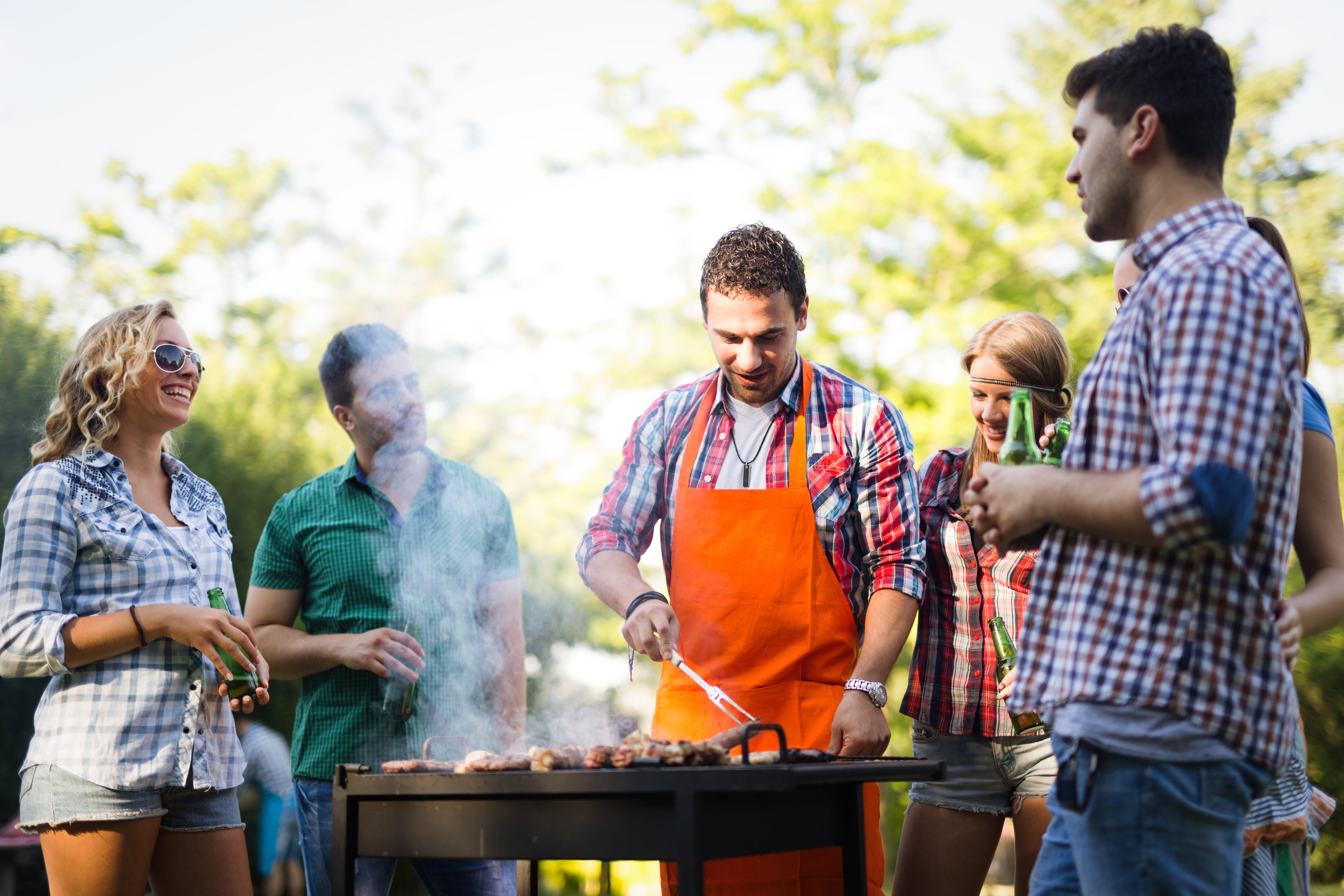How to avoid the dangers of heatstroke this summer according to experts
Stay safe in sticky temperatures by taking extra precautions, says Liz Connor.

Your support helps us to tell the story
From reproductive rights to climate change to Big Tech, The Independent is on the ground when the story is developing. Whether it's investigating the financials of Elon Musk's pro-Trump PAC or producing our latest documentary, 'The A Word', which shines a light on the American women fighting for reproductive rights, we know how important it is to parse out the facts from the messaging.
At such a critical moment in US history, we need reporters on the ground. Your donation allows us to keep sending journalists to speak to both sides of the story.
The Independent is trusted by Americans across the entire political spectrum. And unlike many other quality news outlets, we choose not to lock Americans out of our reporting and analysis with paywalls. We believe quality journalism should be available to everyone, paid for by those who can afford it.
Your support makes all the difference.BBQs on the lawn, games of rounders in the park and outdoor workouts are just a few of summer’s simple pleasures. But if you’ve ever felt dizzy to the point of passing out after a long day of catching rays, you’ll know that too much time in the hot sun can be dangerous – even if you’ve sensibly slathered on enough SPF.
It’s worth knowing the symptoms of heatstroke so if you think you’ve gone beyond heat exhaustion, you’ll know exactly what to do.
What is heatstroke?
“Heatstroke is a progression of milder heat-related symptoms,” says Dr Angela Rai, GP at The London General Practice (thelondongeneralpractice.com). “It happens when your body’s normal mechanisms for regulating your temperature break down.”
Rai explains there’s a higher risk of heat exhaustion during hot weather and exercise, and it usually isn’t serious if you can get out of the sun and cool down within 30 minutes.
However, heatstroke can quickly develop if you aren’t careful, and Rai stresses that when that does occur, it should be considered a serious, medical emergency.
What are the symptoms?
“Symptoms and signs of heatstroke include a temperature of or above 40 degrees C, fast breathing and shortness of breath,” says Rai, adding it can “also cause confusion, seizures and loss of consciousness.”
“A good rule of thumb is that if you’re still feeling unwell after resting and cooling off for 30 minutes, you should seek medical help,” she notes.
How can you treat heatstroke?
Heat exhaustion should be treated quickly to prevent it turning into heatstroke, and Rai stresses that babies, toddlers, elderly people and those with chronic health conditions are more at risk.
“You’ll likely be dehydrated, so you’ll need to replace electrolytes as well as water. Drink plenty of H20 and other fluids such as sports drinks – especially if you are very physically active. You can buy special oral rehydration sachets for children and adults from pharmacies.”
She continues: “If you suspect someone is deteriorating with heat exhaustion, try to prevent heatstroke by moving them to a cooler place out of direct sunlight.
“Lie them down and raise their feet slightly. Help them drink water or sports drinks and cool their skin with water using a spray or sponge. It’s very important to stay with them and call the emergency services for help if their symptoms aren’t improving.”
Pharmacy2U’s (pharmacy2u.co.uk) superintendent pharmacist Phil Day stresses: “You should always seek medical help if symptoms such as breathlessness, chest pain, confusion, weakness, dizziness or cramps get worse, or don’t go away.”
How can I prevent heatstroke?
Rai says it’s important to remember it is possible to develop heat exhaustion even when you are not in direct sunlight.
“Keep caffeinated drinks to moderation and avoid alcohol, which dehydrates you and reduces your awareness of the warning symptoms,” she says. “You should also try to avoid strenuous exercise in hot weather, especially between 11am and 3pm, when temperatures are usually highest.”
Day advises wearing loose clothes made from natural fibres such as cotton or linen and to take regular cool showers or baths.
If you’re feeling hot, put a damp flannel on the back of your neck, adds Rai, as when the water evaporates from your skin, it will help cool you down.